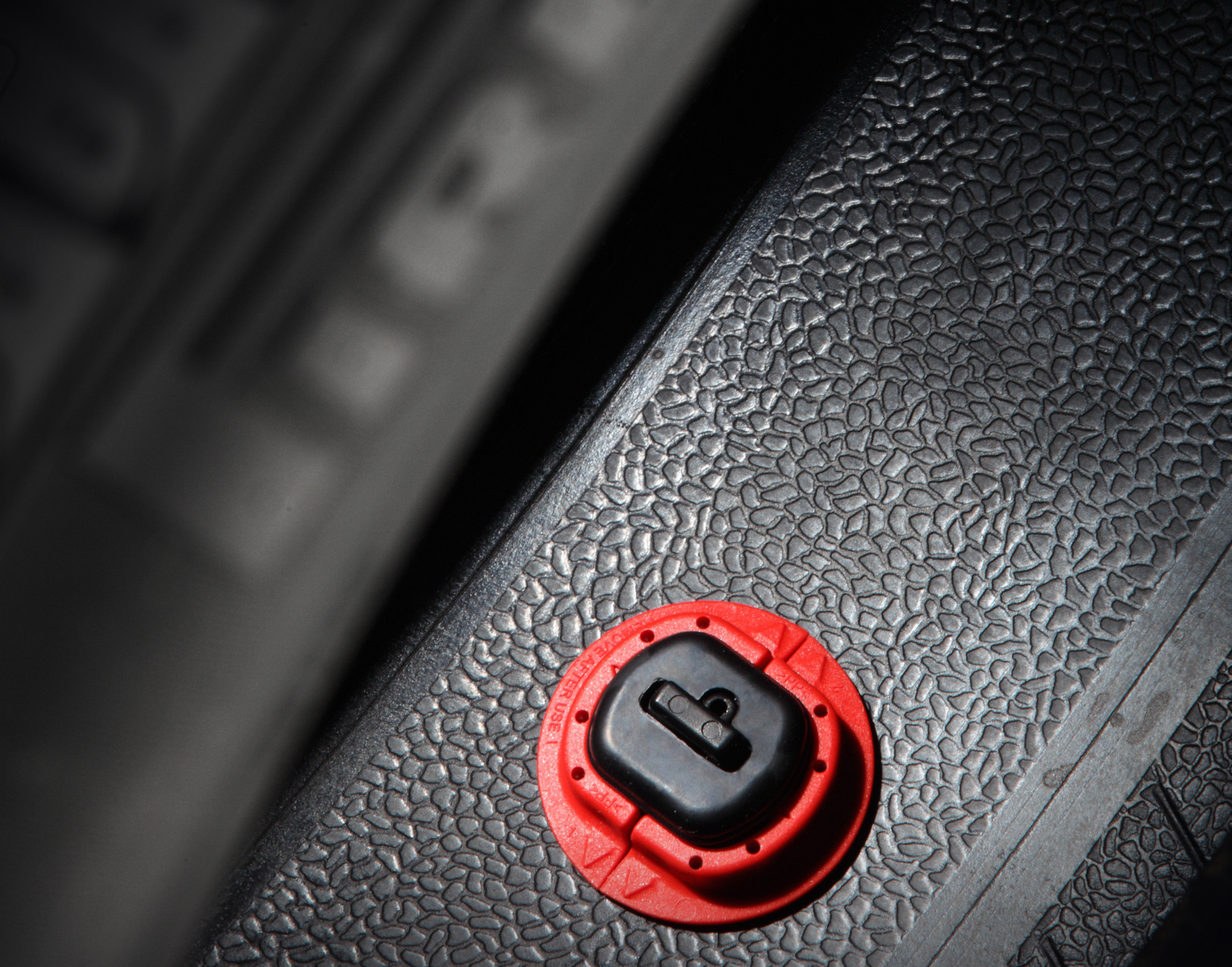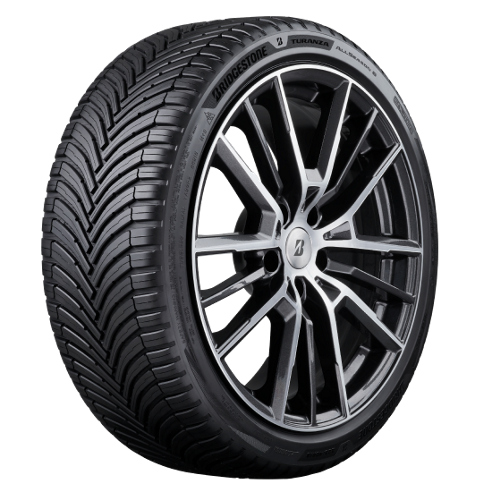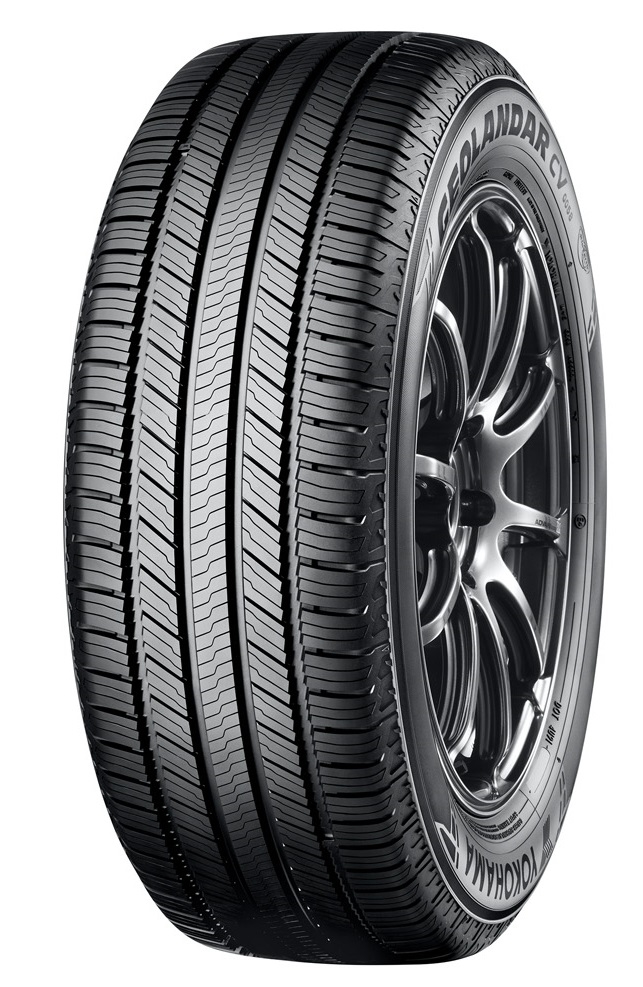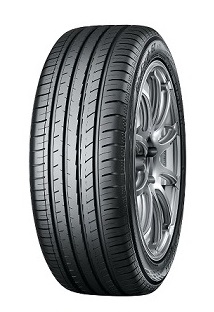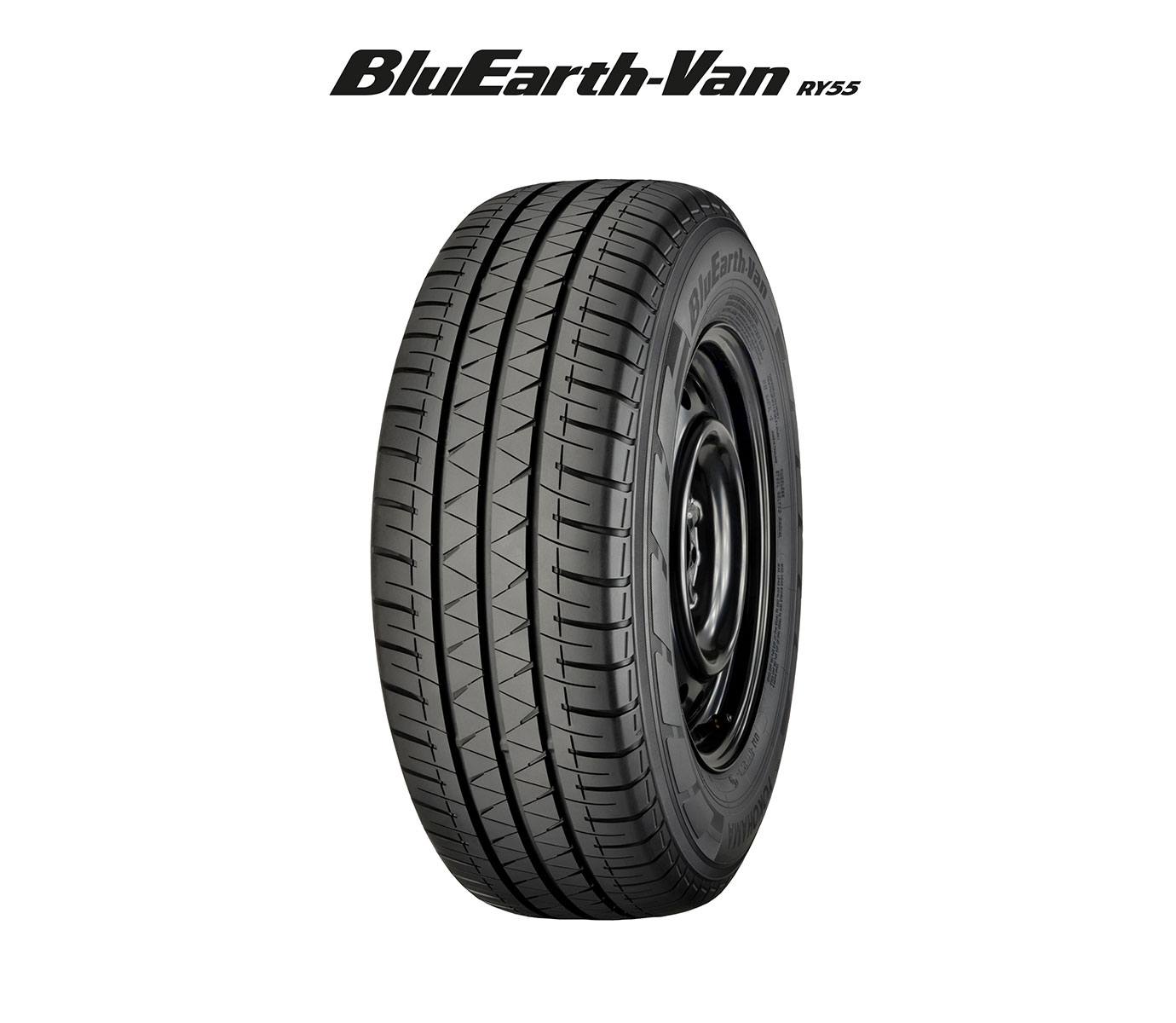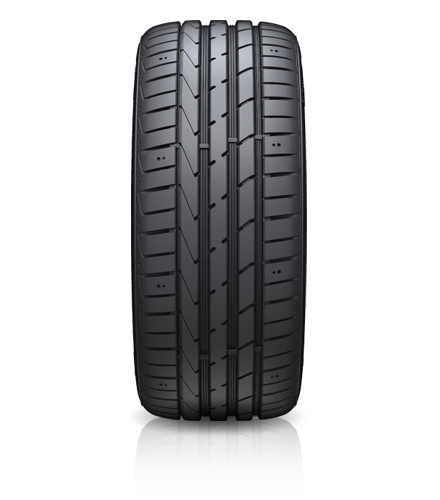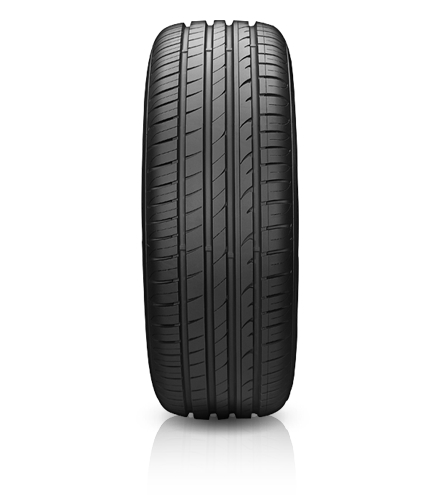Having looked at how we got from the invention of the wheel to the kinds of tyres we know today, our series on the history of tyre technology concludes with an overview of the kinds of technologies currently available.
Radial tyres, which were invented in the opening decades of the 20th century, now represent the overwhelming majority of car tyres on the road today. However, despite the benefits that this design brought with it, manufacturers are still looking to promote lower fuel consumption as well as safety with their releases, leading to perpetually improving product base.
In a quest to ensure increased driver safety and tyre longevity, Continental, Pirelli, Bridgestone as well as Hankook – amongst others – have all developed puncture-proof or self-sealing tyres. These products aren’t so popular with recycling aficionados but they do stop slow leaks and punctures – a benefit that brings its own environmental benefits. After all, a properly inflated tyre runs at optimal fuel efficiency thereby minimises fuel consumption and, at the same time, exhaust emissions.
For its part, Continental has created a new generation of run-flat tyres. They’re called ContiSeal, and they have the ability to seal themselves after a nail, for example, punctures the thread, by leaking a special fluid around the puncture, sealing it off. All of these changes, however, are guaranteed to extend the lifespan of the average set of tyres, lowering maintenance costs for drivers and production costs for manufacturers.
In addition, Michelin pioneered the tweel polyurethane spoke tyre and Bridgestone is also working on airless tyres which don’t have to be inflated at all.
Further to this, Bridgestone has also released a so-called quiet tyre, the QuietTrack, which significantly reduces road noise thanks to the newest technologies. Continental and Pirelli also offer similar alternatives, to name just two more.
Cyber tyres
The next step of tyre evolution is connectivity. To improve the safety of today’s tyres, Italian tyre manufacturer Pirelli unveiled its Cyber Car system in March of 2018, which built on research first revealed to the market back in 2005. It features tyre sensors that can send information on tyre pressure, internal temperature, and tread depth to the car’s onboard computers.
As you can imagine, the other leading tyremakers are also vying to position themselves in the connected tyre market, with Michelin and Bridgestone both having invested hundreds of millions of dollars in recent years acquiring sensor and telematics businesses designed to position them for growth in the cyber tyre sector.
Looking forward, Pirelli’s 5G tyres, will not only collect data about your vehicle, but they’ll let you know about dangerous road conditions around you to increase your safety.
Where next for tyre technology?
The automotive industry has taken interest in the matter of green technologies. This focus has resulted in new tyre concepts like the Eagle 360 Urban Tyre by Goodyear, which was first presented in 2017. While still in the research stage, the company aims for this tyre to serve along with a fleet of self-driving vehicles. Powered by AI, it would be an extension of the vehicle’s nervous system as it takes in data and helps protect passengers.
In 2018 Goodyear also showed its Oxygene tyre, a tyre filled with living moss that will release oxygen as the moss takes in moisture from the road. Not only will the tyre counteract other vehicles’ carbon emissions by producing its own oxygen, but the rotation of the tyres will generate the electricity that could, ideally, power the car they’re attached to.
In addition to manufacturers’ experiments with the materials used to make tyres, they’re making efforts towards more effective and environmentally-friendly recycling. Even as new rubber recycling methods are developed, manufacturers are trying to use rice husk ash, orange oil, dandelion rubber and more to produce materials that are more sustainable, easier to recycle and better to eventually dispose of.
With the exception of Goodyear’s 360 concept, no-one’s seriously considering an automotive future that doesn’t rely on wheels. And wherever there are wheels, there are tyres providing the vehicles only point of contact with the road. And therefore will all have much to thank industry pioneers such as Charles Goodyear and John Boyd Dunlop for.
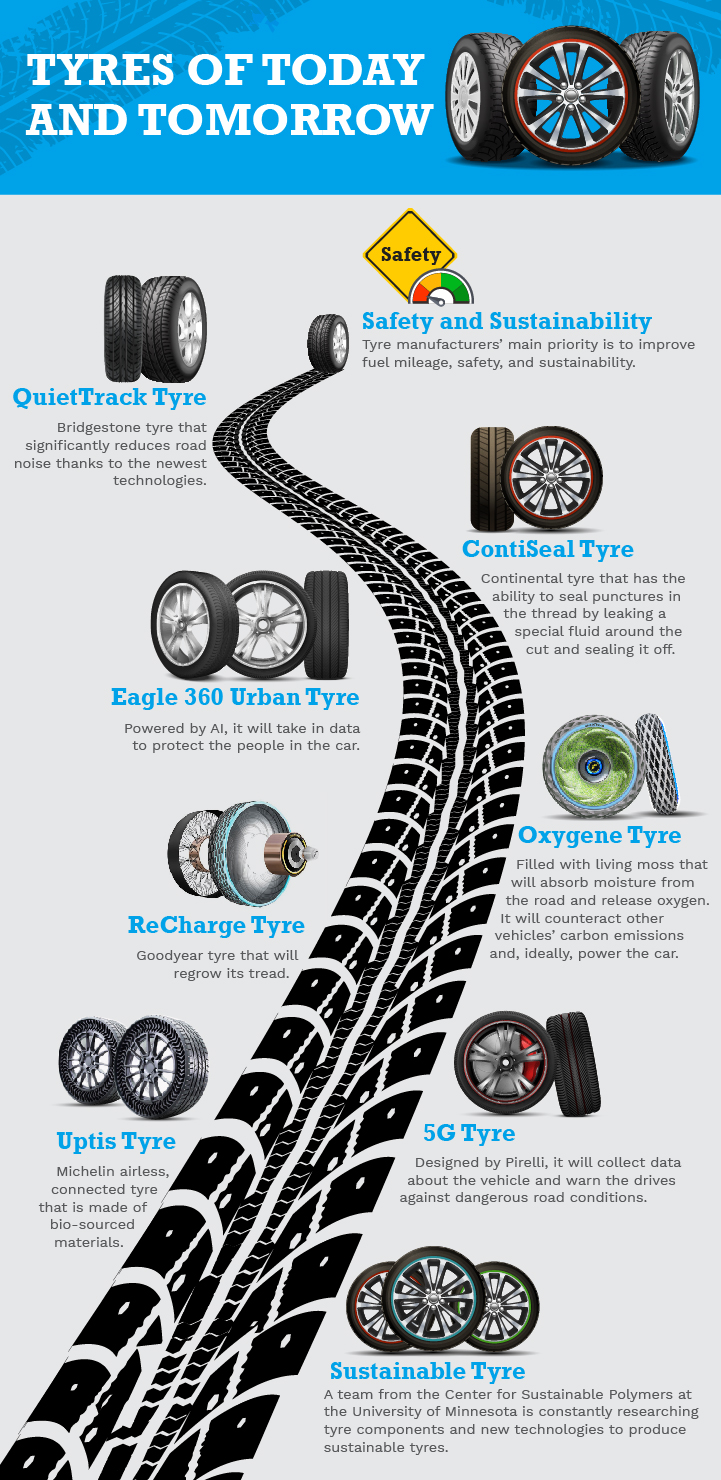
Tyres have come a long way from the rubber “bandages” or the initial designs… (Infographic: Giles Kirkland, first published at Oponeo.ie)
An earlier version of this article containing the same infographic appeared at oponeo.ie. This edition has been significantly edited and expanded for use on WhatTyre.com.

